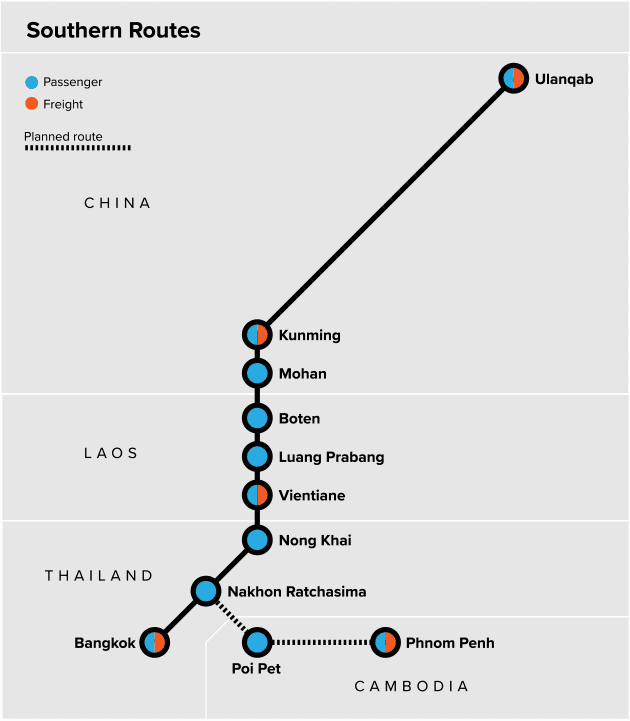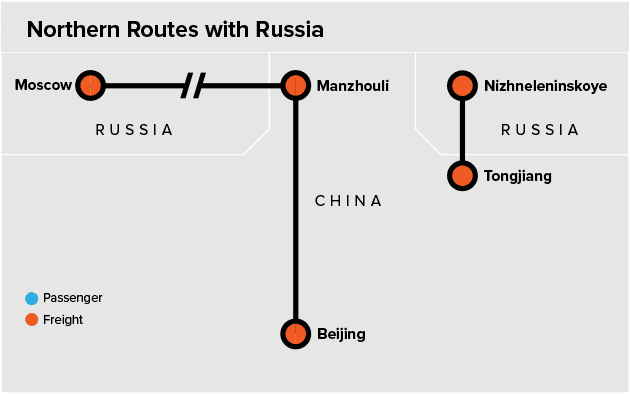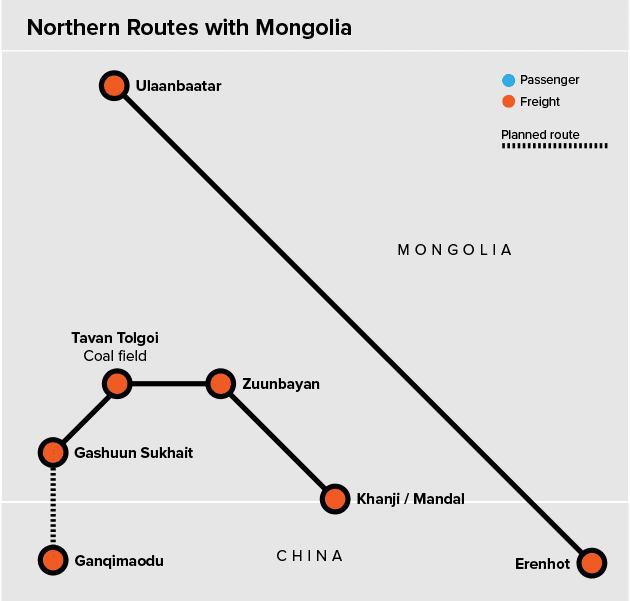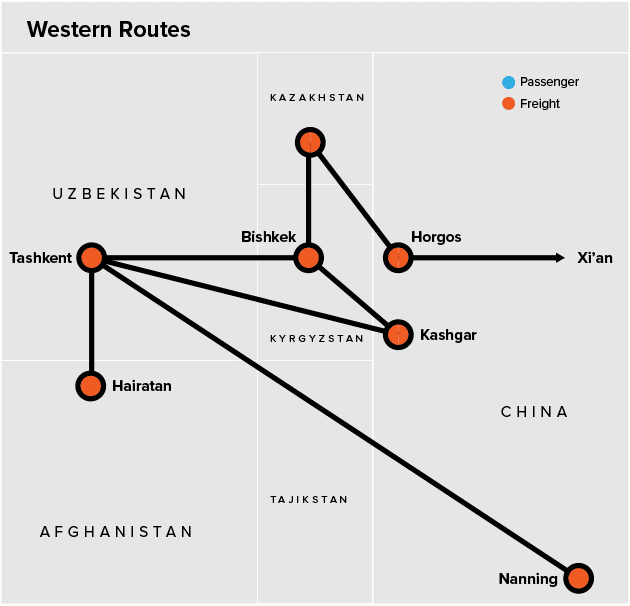These maps show how far China’s freight railways are stretching across Asia
Published Tue, May 9 20237:10 PM EDT
- It’s all part of Beijing’s Belt and Road initiative, a complex network of infrastructure projects connecting China to its trading partners.
- The projects include high-speed passenger trains.
- While it’s difficult to verify how operational all the rail lines are, official reports offer a glimpse at how China’s Belt and Road ambitions are panning out.
BEIJING — In the last two years, China has announced the opening of new freight train lines, while cross-border railways have become a feature in President
’s meetings with regional leaders.
It’s all part of Beijing’s Belt and Road initiative, a complex network of infrastructure projects connecting China to its trading partners.
Here’s a look at where the rail lines are being built across the Asian continent.
The projects include high-speed passenger trains.
In April, China’s national rail ticketing app opened online bookings for a 10.5-hour train ride from Yunnan province to the capital of Laos. If all goes as planned, that route will one day connect to the Thai capital of Bangkok and Phnom Penh, Cambodia’s riverside capital.
In the last six months, China also opened freight train lines to
and
according to state media.
Far in the north, China last year
between the remote province of Heilongjiang and Russia. New rail routes to
are underway, according to state media.
Those freight lines are in addition to China’s relatively older rail network through central Asia —
While it’s difficult to verify how operational all the rail lines are, official reports offer a glimpse at how China’s Belt and Road ambitions are panning out.
CNBC analyzed the reports to create the following schematic diagrams of the railways, built and planned, by region:
Planned and built railways in the region south of China, based on official reports and state media.
CNBC
Planned and built railways in the region southeast of China, based on official reports and state media.
CNBC
Built railways across the northern Chinese border with Russia, based on official reports and state media.
CNBC
Planned and built railways across the northern Chinese border with Mongolia, based on official reports and state media.
CNBC
Built railways in the region to the west of China, based on official reports and state media.
China’s Belt and Road Initiative was launched in 2013 at the beginning of Xi’s presidency. The program is widely seen as Beijing’s effort to boost global influence through the development of rail, sea and other transportation routes running from Asia to Europe and Africa.
“Splitting Europe from the U.S., at least to the extent possible, is an important foreign policy objective for China and deeper economic integration fostered by stronger rail linkages would help,” said Stephen Olson, senior research fellow at the Hinrich Foundation.
Similarly, “part of China’s motivation in constructing rail links in ASEAN is to place China more at the heart of regional trade,” he said, referring to the 10-member Association of Southeast Asian Nations bloc.
Olson said that while rail could be “game changing” for a landlocked economy such as Laos, the onus is also on the destination country to develop logistics and other infrastructure to fully utilize the new rail lines for trade.
One-third of China’s trade
Beijing says trade with Belt and Road countries accounts for about one-third of China’s overall imports and exports. In the first quarter, that trade grew by 16.8% from a year ago — slower than the 19.4% pace for all of last year, according to official figures.
The actual boost to trade from the rail lines is difficult to gauge, said Francoise Huang, senior economist at Allianz Trade. She pointed out that transporting goods by rail is considerably cheaper than air, and faster than by road and sea.
She said her assessment of reports indicates the rail lines are being used more to transport Chinese exports to other countries, rather than imports into China.






